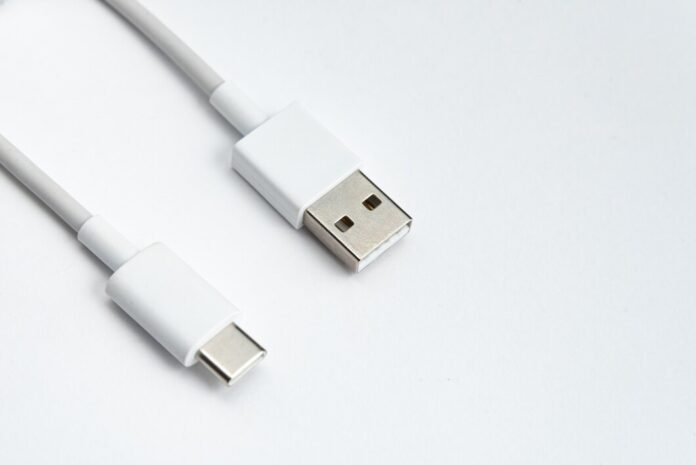Introduction
An electromechanical component called a connector is used to join or disconnect a circuit path. According to their functionality, connectors are produced from a variety of materials. They come in many forms, dimensions, characteristics, and levels of complexity. The functions of each Connector type form the basis for most of its physical characteristics. As a result, not every Connector is the same in terms of mating type, robustness, simplicity of connection, etc. Since most Connectors must operate under challenging circumstances, their design must consider elements like high temperatures, moisture, filth, vibrations, and so on.
Connectors Assembly
The two main parts of manufactured connectors are the housing and the terminals. Electrical impulses between two components are transmitted through the pins that protrude from the terminals. It is constantly constructed of an electrically conductive material. The outer shell or covering that covers the terminal pins is known as the housing. Its primary function is to secure the terminal pins while guarding against short-circuiting and environmental factors. It is constructed of a substance that does not carry electricity, such as plastic that has been moulded. You can also use ceramics and other insulating materials to create it. We’ll now examine several connector kinds.
Types of Connectors
Twisted Pair Cable Connectors
For the past few years, twisted pair cabling has been used almost exclusively in constructing new connections. Since it is less expensive, easier to install, and more manageable, UTP (Unshielded Twisted Pair) is nearly always chosen over STP (Shielded Twisted Pair).
Coaxial Cable Connector
Coaxial connectors are necessary to connect coaxial cables to devices. The Bayonne Neill Concelman (BNC) connector is the most common form of connectors that you can utilise.
Fibre-optic Cable Connector
Cable television uses the Subscriber Channel (SC) connector. It uses a push-pull locking mechanism. Straight-tip (ST) connectors are used when connecting cables to networking devices. It is more dependable than SC and employs a bayonet locking method. A connector that resembles RJ45 in size is called MT-RJ.
Terms Associated With Connectors
A few different names refer to the connectors. The following definitions of these terms:
Pitch:- A connector’s contacts are placed in recurring patterns. The distance between the centres of two contacts is referred to as pitch.
Mating Cycles:- The word “mating cycle” refers to the information regarding the Connectors’ short lifespan. You may wear out the finite life if the Connectors are repeatedly linked and detached. For instance, a USB has a lifespan of ten thousand and ten thousand cycles.
Mount:- The term “mount” might refer to the position of the connectors when in use, the angle at which it is attached, or even the mechanics of the connection.
Strain Relief:- When the connectors are put on a cable or board, the power lines are fragile. To shift forces acting on the Connector to an object with more technically sound than weak electrical cables, strain relief is offered.
Polarity:- Polarity is the characteristic of a Connector that enables it to be linked in a specific orientation. Keyed or polarised materials would stop connectors from being joined incorrectly.
Connectors Application
- There are numerous types of connectors. Connectors typically play distinct roles because there are so many different types. Now, we’ll see some unusual ways that connectors are used.
- Connectors are present on all desktop and laptop computers. The Universal Serial Bus, usually called USB, is a standard Connector widely recognised.
- Radiofrequency connectors are also another application for connectors. Such Connectors aid in preventing the transmission line’s impedance from changing.
- The connectors used during modem ports and IBM-compatible computers are D-Subminiature. The D-subminiature Connector comes in a variety of varieties.
- These include solid machined connections, PCB or crimp mounting, thermocouple contact options, etc.
- People can avoid being shocked by coming into contact with energised wires by using the fitted DC Connectors and AC power sockets/plugs.
Recommended Articles:
Types of DC Motors and Their Uses
Types of Forces
Types of Friction
Electrical Generators and Their Types
Types of Levers – Basic Definitions and Examples
The most used connector type is the USB connector. In computer networking, it's used for USB hubs, including USB cables. A USB hub can help you connect all your USB devices on your desk without requiring numerous cords if you have more than one USB device. Solid and stranded wires are the two primary types depending on how many electrical conductors are present in the wire. Solid wire or single-strand wire are other names for single-conductor wire. A wire with numerous conductors connected would be known as a stranded wire. Sometimes connectors are utilised at the beginning of a sentence, whereas others are utilised in the middle. Connectors should be used correctly to ensure that readers understand your sentences' meaning. The contact springs, finish, and connector housing makes up a connection's essential parts. The mated connector components' physical and electrical connection defines the contact interface, which influences how well the connector functions. Electrical connectors are used to link circuits together, as was previously mentioned. They offer a variety of advantages to an electrical system, including interchangeability, simple manufacturing and assembly, and the ability to be modified. Types of Connectors FAQs
What kind of Connector is most commonly utilised?
How many different kinds of wire are there?
What function do connectors serve?
What names do the components of a connector go by?
What benefits come from using a connector?
